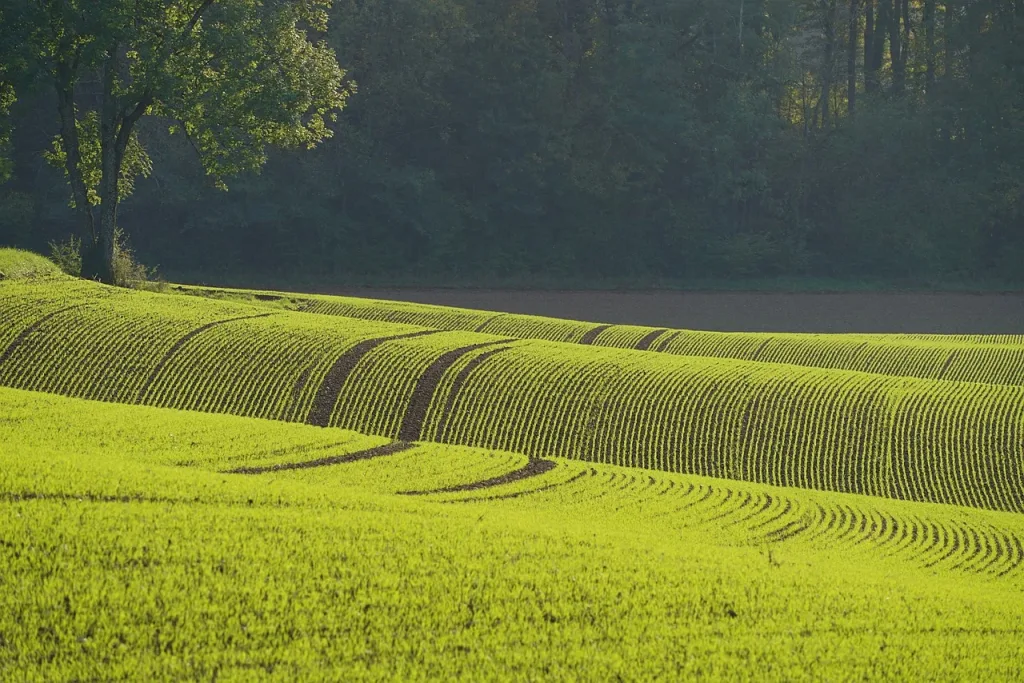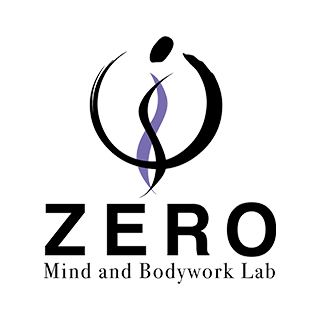Introduction
Hello, this is Hidefumi Otsuka, offering Rolfing sessions in Shibuya.

I’m currently participating in the Advanced Training organized by the Japan Rolfing Association, held in Ichigaya, Tokyo. The second phase of the course, led by Ray McCall and Hiroyoshi Tahata, has just begun. I’ve completed the first four days as of yesterday.
These four days have served as a powerful opportunity to reflect deeply on my own learning and practice thus far.
Here, I’d like to summarize my thoughts.
Beyond Technique — Reexamining How We Use “Knowledge”
Over the years, I have studied a variety of psychological and somatic approaches, including NLP, CTI Co-Active Coaching, Somatic Experiencing (SE), blood analysis based on molecular nutrition, various breathing methods, Ashtanga Yoga, and even symbolic interpretation through Tarot.
These methods have yielded positive results in the field of interpersonal support. I’ve shared them with others and offered them in sessions for over ten years.
Yet, no matter how much knowledge or how many techniques I’ve accumulated, there has always been the reality that some people benefit — and others do not.
The “Invisible Wall” Built by Knowledge
I’ve come to suspect that one contributing factor lies in the practitioner’s own way of being.
The more knowledge and skill one accumulates, the easier it becomes to unconsciously adopt a hierarchical stance — “I know, and the client does not,” or “I will fix, and the client needs fixing.” This mindset can inadvertently reinforce the dynamic of healer and healed, regardless of how refined the technique may be.
In truth, healing does not come from the practitioner — it depends on whether the client is willing to heal. It is a matter of mindset.
The Essence Is “Being” — The Meaning of Neutrality
In this training, the concept most frequently emphasized is Neutrality.
To be neutral means not trying to cause change. Change is something that naturally emerges from within the client — it is not something created by the practitioner. What’s required of the practitioner is to cultivate the ground in which change may arise, to trust it, and to wait.
Equally important is not getting entangled in that process. It means setting aside reactions such as expectations, judgments, over-identification, or the desire to manipulate. Simply being there — this is the core of “way of being.”
Technique Exists for Verification
I’m not dismissing knowledge or technique. In fact, among all the methods I’ve studied, I’ve particularly valued those with scientific verifiability. Having gone through a doctoral program, I’ve developed strong left-brain skills in analytical reasoning.
What matters is not using techniques to manipulate change, but rather to observe and verify it.
What kind of changes are occurring?
Where in the body do specific responses arise?
Knowledge and techniques are tools to answer these questions with precision.
Letting Go — and Trusting
In real-life sessions, what’s being asked is whether we can let go of what we’ve learned while maintaining a foundation of trust. Can we step out of the mindset of “I have to do something” and hold a stance of waiting for change to arise?
This is where the practitioner’s maturity is tested.
Conclusion
This Rolfing training has once again reminded me that it’s not merely about refining technique — it’s about fundamentally questioning one’s way of being. It is a process of integrating all previous knowledge and experience and moving toward greater depth.
In the remainder of this training, I hope to continue listening closely to my own being, and to walk this path with presence and care.

